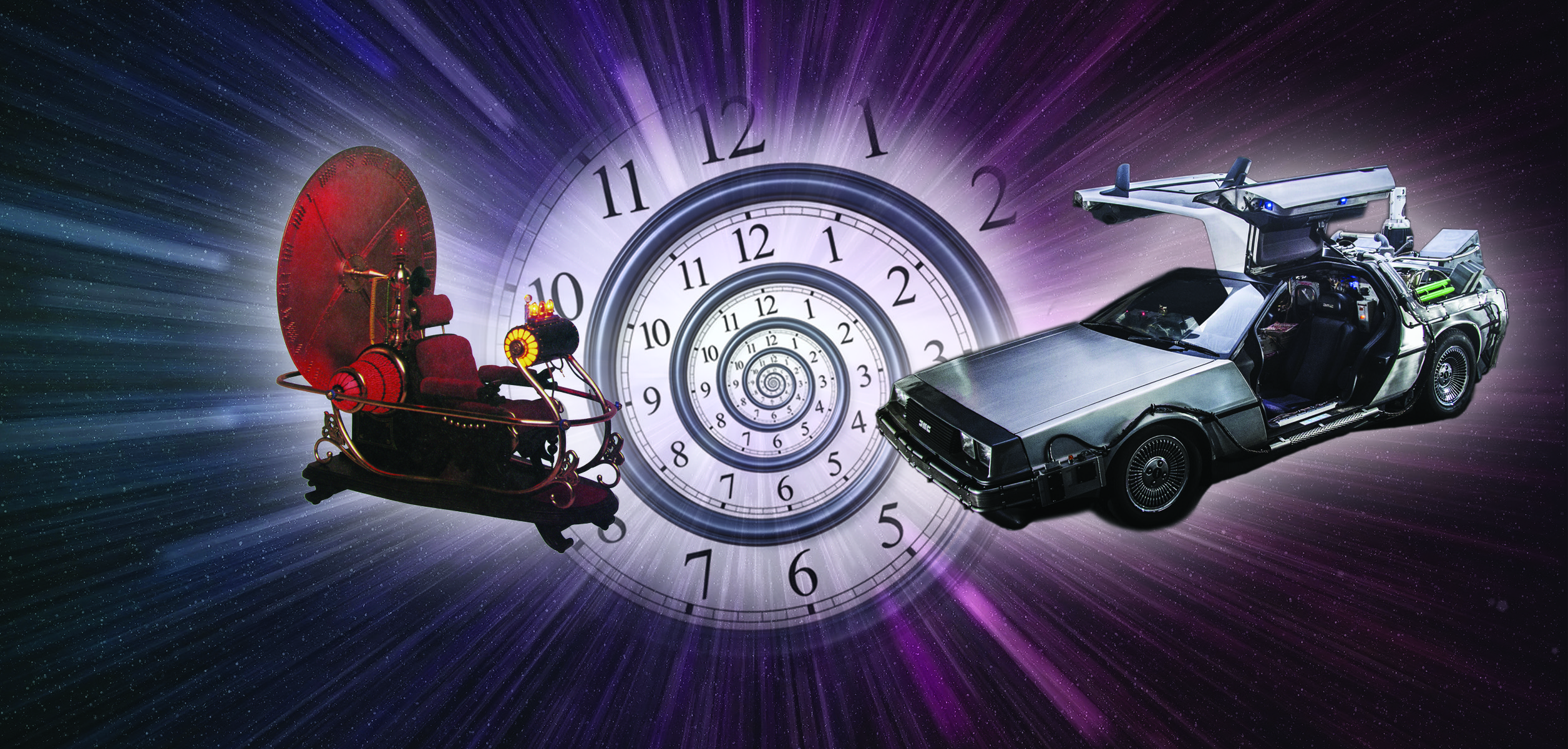

Maximal Response, Or Not

Best Practices
Spokane (Washington, USA) motorists got a rap on the knuckles in February 1953 at the first meeting of a citizens’ committee investigating the operation of emergency vehicles in the city. The group was formed at the request of a coroner’s jury following the crash of a fire department vehicle into a farm truck that killed three people.1
The Spokane County Medical Society had been studying the problem of emergency vehicles running lights-and-siren (L&S) for two years prior to the accident. Their recommendation, which also brought in the results of a county-wide survey of emergency doctors, favored abolishing ambulance use of lights-and-siren.2

Three years later, in 1956, the debate was still playing in the news. Some public safety folks favored abolishing or, at least, minimizing their use, while others viewed lights-and-siren as a public safety duty.
Spokane Police Department Chief Deputy Sheriff William J. Reilly said the use of “code one”— lights-and-siren—was not necessary in most instances. “In the majority of cases it is safer to figure on getting there all in one piece rather than risking an accident at high speeds.”3
On the other side, Yakima Fire Chief W.A. Durham said city fire department rules require use of red lights-and-siren on all vehicles responding to fire and other emergencies. “It is our definite obligation to get to the scene as rapidly as possible.” After all, he added, “Red lights-and-siren are used to warn other motorists to clear the way. So-called ‘code one’ runs do not necessarily signify excessive speed. Frequently our vehicles come to full stops to allow traffic to clear.”4
Remarkably—or not—the debate in Spokane predated the accompanying article (“The Maximal Response Disease,” JEMS 1987) by more than 30 years. Now 30+ years after the article was published, and well into the universal acknowledgment of an emergency dispatcher’s role in determining the right response, the matter remains unsettled. An article published in 2017 cites “the risk to EMS providers and the public, minimal time savings and actual clinical benefit.”5 The National Association of Emergency Medical Services Physicians (NAEMSP) underscores the risk: “Despite the long-term reliance on L&S, it is not a risk-free practice. There are many reports of emergency medical vehicle (EMV) collisions during L&S responses and transports. These collisions often result in tragic consequences for the EMV occupants and those in other vehicles and may cause significant delays to medical care for the patient the EMV was responding to or transporting.”6
The message is resounding.
While L&S use can improve patient outcome in the time saved, “There is a risk when L&S lead to EMS vehicle crashes, provider or patient injury, EMS provider hearing loss, or worsened patient condition due to anxiety and stress.”7
Yet, there are EMS systems that continue to both respond and transport patients using L&S in most, if not all, circumstances.
Where will the debate lead 30 years from now? Back and forth like a ping-pong ball? Will maximal response ever be fully delegated to only the highest level of actual or potential response? Think of it this way: The three passengers in the farm vehicle—and many deaths that followed theirs due to overuse of L&S—might be alive today if medical dispatching had determined the nature of the emergency before another was created.
Sources
1 “Drivers Rapped for Refusing to Heed Emergency Vehicles.” The Spokesman-Review. 1953; Feb. 25. https://www.newspapers.com/image/569481712/?terms="Lights%20and%20siren"&match=1 (accessed Oct. 30, 2020).
2 See note 1.
3 “Speedy Ambulance Runs Held Often Unnecessary.” The Spokane Chronicle. 1956; May 11.
https://www.newspapers.com/image/565066609/?terms="Lights%20and%20siren"&match=1 (accessed Oct. 30, 2020).
4 See note 3.
5 Fowler R, Antar O, Isaacs S, Cash C, Fowler R. “The Case Against Red Lights and Siren Responses.” JEMS. 2017; Jan. 31. jems.com/2017/01/31/the-case-against-ems-red-lights-and-siren-responses/ (accessed Oct. 30, 2020).
6 “Use of Warning Lights and Siren in Emergency Medical Vehicle Response and Patient Transport.” National Association of Emergency Medical Services Physicians (NAEMSP) and the National Association of State EMS Directors (NASEMSD). Prehospital and Disaster Medicine. 1994; 9:133-136.
7 Kupas D. “Lights and Siren Use by Emergency Medical Services (EMS): Above All Do No Harm.” National Highway Traffic Safety Administration (NHTSA). Emerging Issues in EMS and 911. 2017; 5: 5. https://www.ems.gov/pdf/Lights_and_Sirens_Use_by_EMS_May_2017.pdf (accessed Nov. 11, 2020).
"The Maximal Response Disease" pdf is available from the link below.
https://cdn.emergencydispatch.org/IAED-JOURNAL/Resources/2020/12/The_Maximal_Response_Disease.pdf







